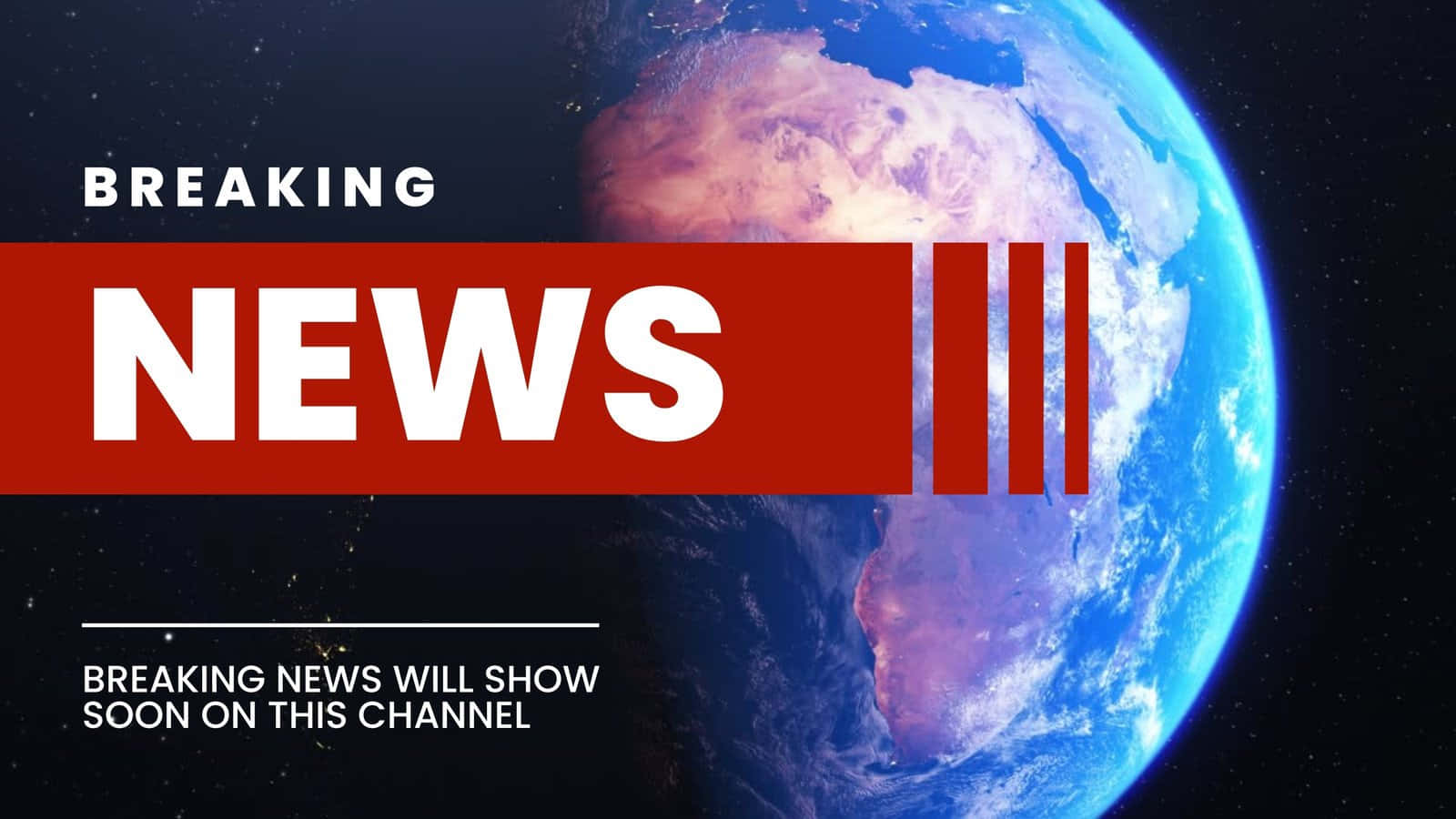In an era where social media platforms constantly evolve, often phasing out beloved features in favor of newfangled designs, a new browser extension is capturing the hearts of Twitter users nostalgic for the platform’s past iterations. Developer dimdenGD has created ‘OldTwitter’, an extension designed to revert Twitter’s interface back to its 2015 and 2018 layouts, providing users with a sense of familiarity and a touch of nostalgia.
The extension, available on GitHub under the username dimdenGD, has gained attention for its ability to transport users back to a time when Twitter’s design was simpler and, for many, more user-friendly. With 1.8k stars and 159 forks on GitHub, ‘OldTwitter’ is clearly resonating with a segment of Twitter’s vast user base.
A Trip Down Memory Lane
Twitter, since its inception in 2006, has undergone several transformations, each aiming to enhance user experience and adapt to changing trends in social media. However, not all changes have been met with enthusiasm. The redesigns in 2015 and 2018 were particularly polarizing, with some users lamenting the loss of the original, straightforward layout.
The ‘OldTwitter’ extension addresses this longing by offering a seamless transition to the classic layouts. Users who install the extension can choose between the 2015 and 2018 designs, each of which restores the original column structure, color schemes, and overall aesthetic of the respective era.
A Technological Solution
The extension works by modifying the user’s browser to override Twitter’s current design with the older versions. This is achieved through a series of scripts that alter the appearance of the website, essentially tricking the browser into displaying the older layout.
According to the extension’s description on GitHub, ‘OldTwitter’ is compatible with various web browsers and is straightforward to install. The simplicity of the process and the immediate visual transformation have made it a hit among users who miss the simplicity of the past.
The Impact on Twitter’s User Base
The response to ‘OldTwitter’ highlights the emotional connection users can develop with the platforms they frequent. While Twitter continues to innovate and adapt its design to stay relevant in a competitive digital landscape, the nostalgia factor cannot be ignored. This extension serves as a reminder that user satisfaction is not solely dependent on new features and sleek designs but also on the comfort and familiarity of a platform’s interface.
Moreover, ‘OldTwitter’ could potentially influence how social media platforms approach future redesigns. By witnessing the demand for a return to older designs, companies like Twitter might consider a more cautious approach to changes, perhaps incorporating user feedback more directly into their design processes.
Potential Challenges
Despite its popularity, the ‘OldTwitter’ extension is not without its challenges. The reliance on browser extensions for such modifications can pose security risks if not managed properly. Additionally, Twitter’s terms of service do not explicitly ban the use of such extensions, but they do reserve the right to terminate accounts that violate their rules.
Furthermore, the extension’s effectiveness is contingent on Twitter not making significant changes to their site’s underlying code, which could potentially break the functionality of ‘OldTwitter’.
Conclusion
The ‘OldTwitter’ extension is a testament to the power of nostalgia and the enduring appeal of familiar interfaces. By providing users with a way to recapture the past, dimdenGD has tapped into a sentiment that resonates with many. As social media platforms continue to evolve, it will be interesting to see how they balance innovation with the desires of their user base. For now, ‘OldTwitter’ offers a bridge to the past in a digital world that is ever-leaping towards the future.
Views: 0
